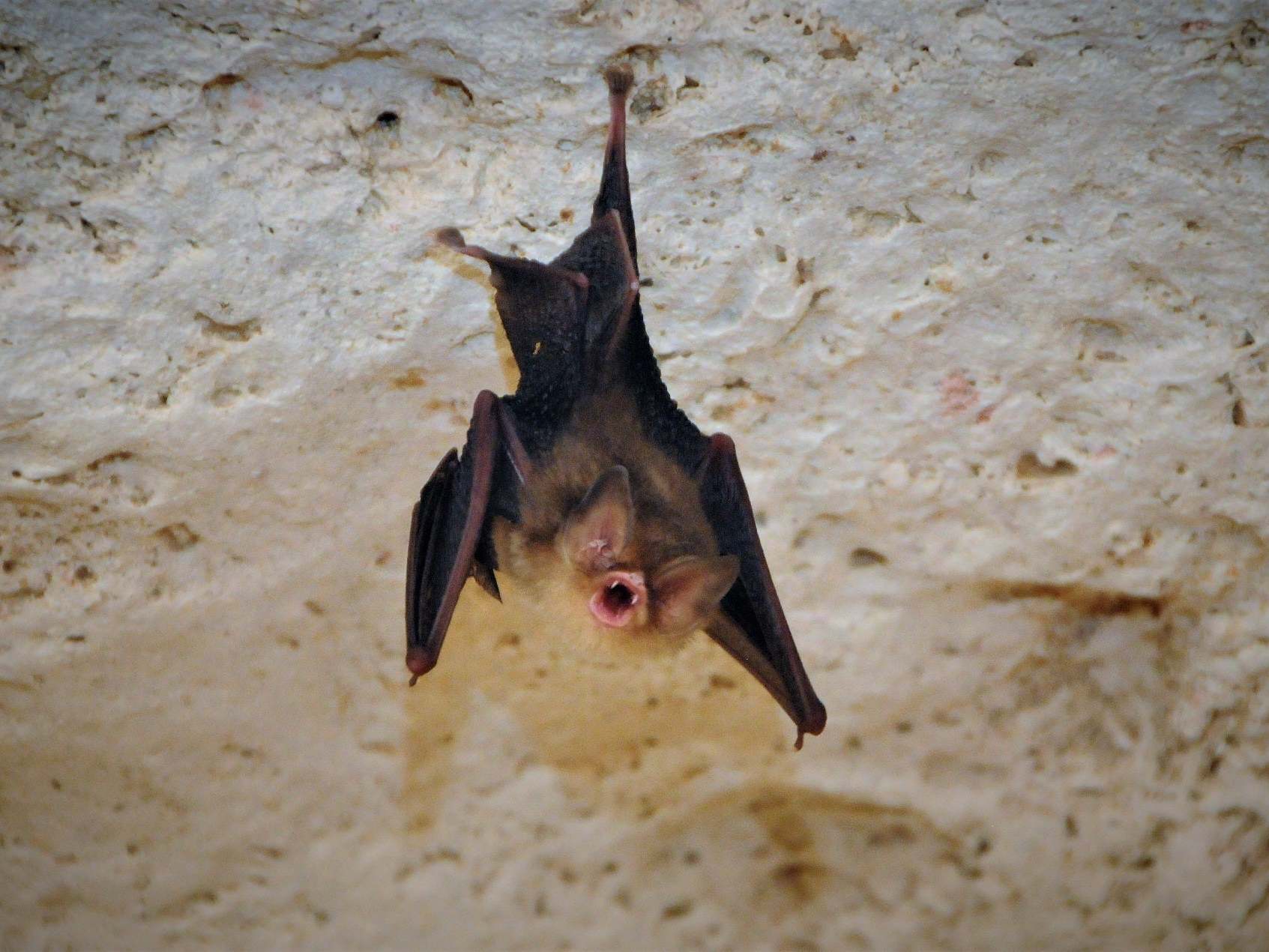Endangered bats given ‘manicures’ so numbers can be counted
Species rediscovered in 1992 after being declared extinct now threatened by climate change

Your support helps us to tell the story
From reproductive rights to climate change to Big Tech, The Independent is on the ground when the story is developing. Whether it's investigating the financials of Elon Musk's pro-Trump PAC or producing our latest documentary, 'The A Word', which shines a light on the American women fighting for reproductive rights, we know how important it is to parse out the facts from the messaging.
At such a critical moment in US history, we need reporters on the ground. Your donation allows us to keep sending journalists to speak to both sides of the story.
The Independent is trusted by Americans across the entire political spectrum. And unlike many other quality news outlets, we choose not to lock Americans out of our reporting and analysis with paywalls. We believe quality journalism should be available to everyone, paid for by those who can afford it.
Your support makes all the difference.The only known colony of some of the world’s rarest bats are being given “manicures” by scientists using nail varnish in an effort to determine how many still exist.
Cuban greater funnel-eared bats are confined to a single cave in western Cuba, where they were rediscovered in 1992 after being declared extinct.
Fewer than 750 bats remain in the cave on the peninsula of Guanahacabibes, preliminary results of the population count by the Zoological Society of London (ZSL) showed.
Researchers used four different colours to paint the bats’ “nails”, allowing them to create thousands of unique combinations to identify each one.
Marking bats is typically done with necklaces, arm rings or wing punches, which scientists say can alter behaviour.
So scientists working on ZSL’s Edge of Existence programme settled on using nail vanish as a low-tech and harmless way to gauge their endangered population, which once flourished.
Fossils have been discovered nearly all over Cuba, as well as on Grand Cayman and various islands in the Bahamas.
Though the cause of the mass population decline is unknown, funnel-eared bats have a naturally high vulnerability to extinction due to their specific habitat of hot caves.
The Cueva la Barca population is now threatened by human intrusion and the collapse of its cave roof due to thermal instability.
And climate change poses a significant risk, further exacerbating the issue.

“The story of the Cuban funnel-eared bat really resonated with me as it reiterates the absolute need to ensure underappreciated species like bats don’t become lost to scientific history, simply because we forget to look,” said Jose Manuel de la Cruz Mora, a ZSL fellow based at Pinar del Rio’s Natural History Museum.
“As the remaining population of the bats were so small and understanding their biology is fundamental to our research, we wanted to keep things as natural as possible, apart from their brightly coloured nails of course.
“It was time-consuming giving each bat an individual manicure, but it’s an incredible privilege to get up close to this amazing animal and to discover more about them made all those hours painting their nails worth it.”
Additional reporting by PA
Join our commenting forum
Join thought-provoking conversations, follow other Independent readers and see their replies
Comments